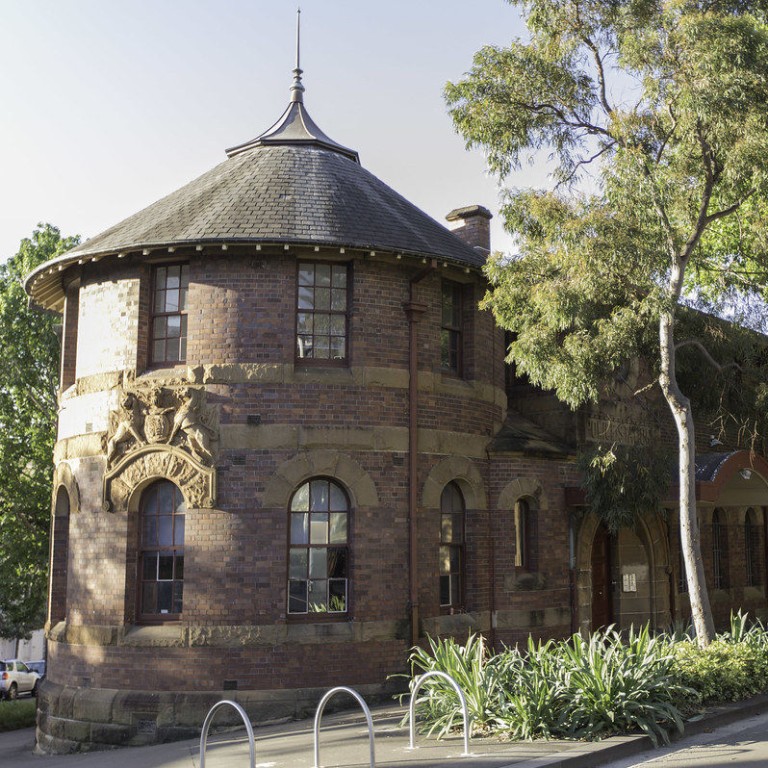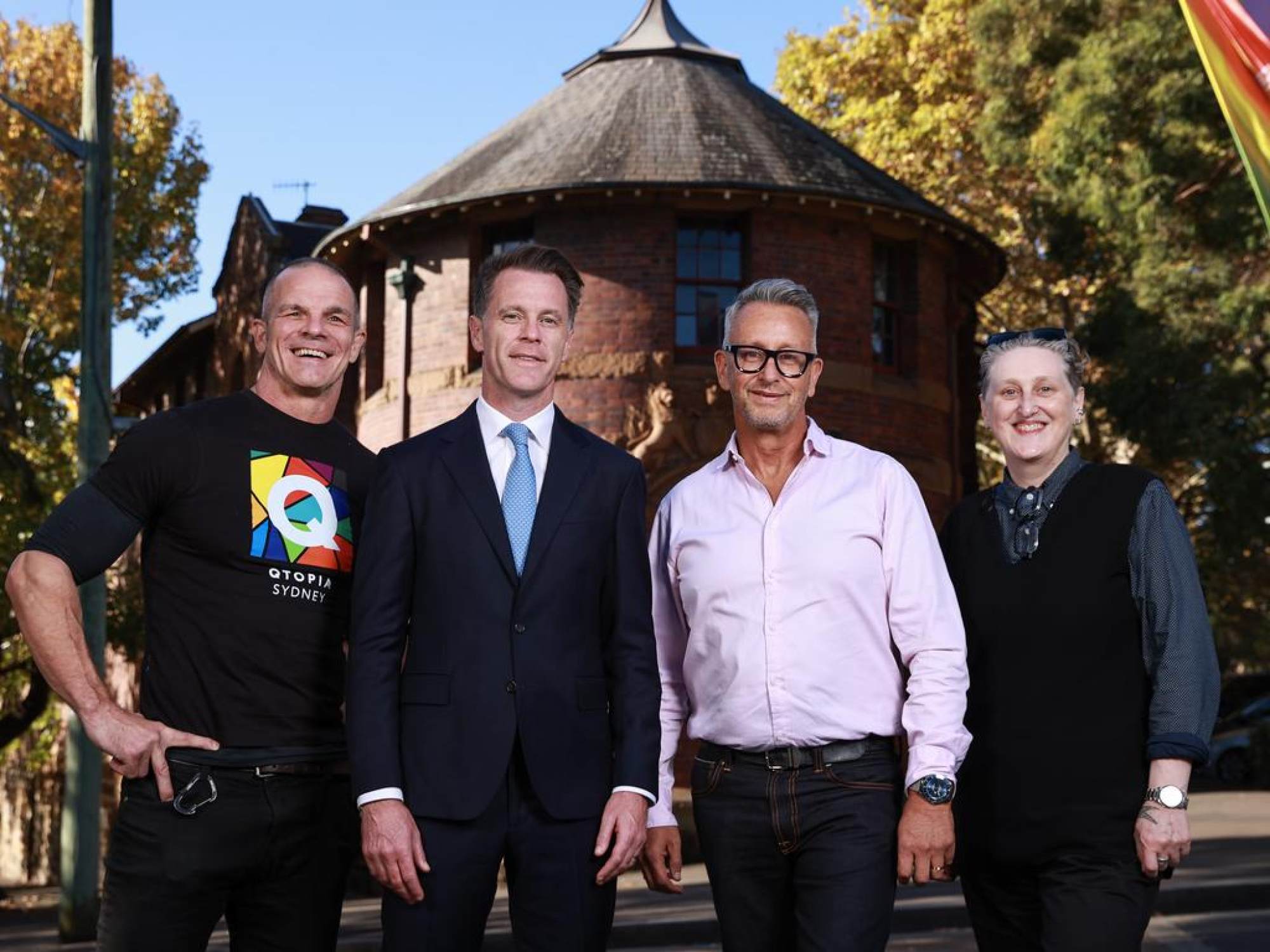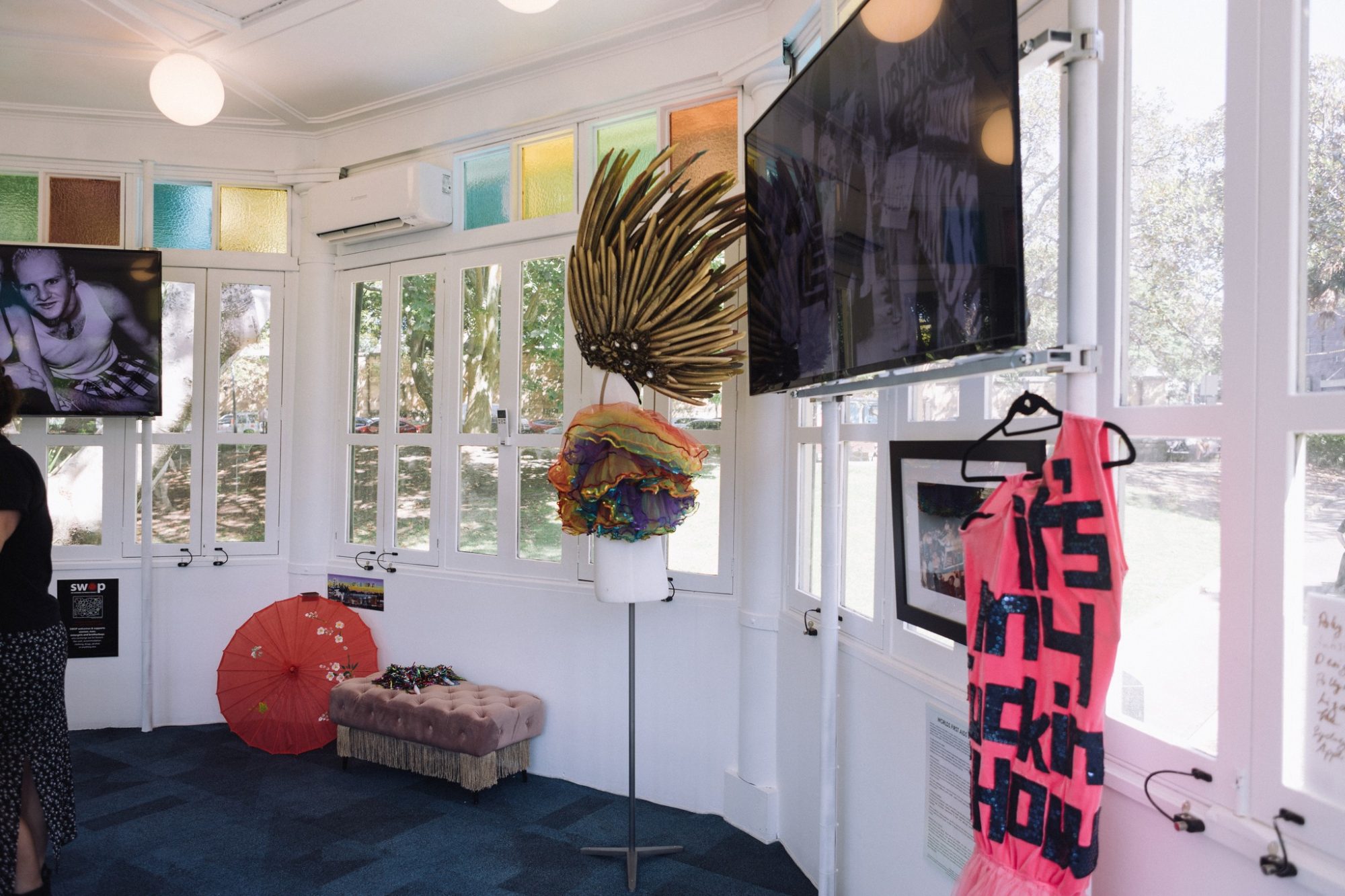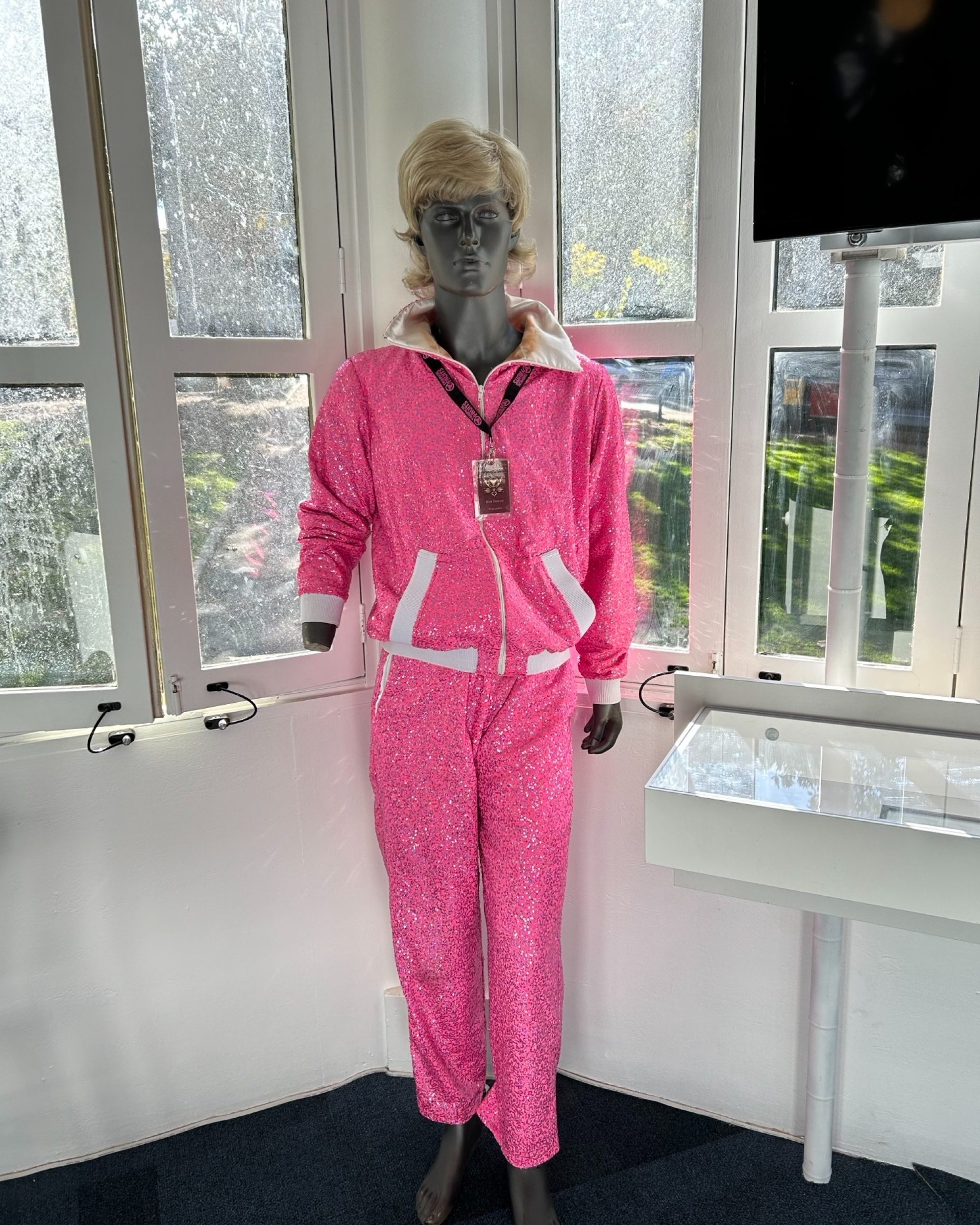
‘A state torture centre’: LGBTQ museum’s location in old Sydney police station sparks anger
- The choice of the old Darlinghurst Police Station to host Sydney’s first dedicated LGBTQ museum has prompted a backlash from many who were maltreated there
- The museum’s CEO says the project will not shy away from the more painful or challenging aspects of LGBTQ history
It is a place some older Australian LGBTQ people remember with horror – where they were detained and say they were even brutally beaten, just for being who they are.
Now, the old police station in Sydney’s gay village of Darlinghurst will host the city’s first dedicated LGBTQ museum, called Qtopia Sydney.
Supporters say the museum is reclaiming a space, while critics say the former lock-up is too tainted by a history of violence and the project should be halted for more community consultations.
“It’s a building of absolute horror for some,” said Greg Fisher, Qtopia’s CEO.
“We’re claiming it because we were maltreated there. And it now should be ours. We should be able to have a better future with that property.”

Gay sex was not decriminalised in Australia’s New South Wales state, of which Sydney is the capital, until 1984, well behind a wave of countries that made consensual gay sex legal in the 1960s and ’70s. A nationwide bill was not passed until 1994.
In June 1978, a group of people gathered to stage the city’s first Mardi Gras parade as a peaceful march to call for gay rights and the decriminalisation of same-sex relations.
The protest was marred by police brutality, with 53 people arrested. The New South Wales Police Force apologised in 2016 for the violence and arrests around the march.
Anti-LGBTQ China mouthpieces and ‘Christian’ bigots don’t speak for Hong Kong
The Original 78ers Association – a group representing some of the 1978 protesters – said some LGBTQ people can never go back to the Darlinghurst Police Station due to the trauma they endured there.
They described it as “a site of routine, daily police bashings over decades – a state torture centre” in a statement to local media.
“Darlo copshop has a very repressive, sometimes violent history, not only to ’78ers but to First Nations people, street workers, homeless and youth,” said Steve Warren, one member of the group.
“It is not as simple as just ‘reclaiming the space as ours’ to put events in a house of horrors.”

A spokesperson for New South Wales police said the force “remains committed to building and strengthening relationships” with the LGBTQ community.
A spokesperson for Qtopia Sydney said they had spoken with a number of LGBTQ groups and 78ers, and are continuing to engage with the community, including exploring the possibility of providing counselling to discuss people’s experiences of the building and the possible impact of revisiting it.
Numerous spaces linked to human rights abuses or atrocities have since been converted into museums, from former slave markets to prisons like South Africa’s Robben Island and the headquarters of the Soviet Union’s KGB security services.

Supporters of Qtopia, including Sydney Lord Mayor Clover Moore, have long campaigned for an LGBTQ museum in the city.
“Qtopia will be a place to celebrate the glamour, confetti and outrageous fun of parades and parties, but also to reflect on hard-fought gains and unite in the ongoing fight for equality,” Moore said in emailed comments.
“While this building contributed to injustices suffered by many LGBTIQA+ people, transforming it into a significant community resource will support the healing of past injustices, address past wrongs, and celebrate the community’s resilience.”
It has a history of torture to many diverse people, including me, and I feel I could not go to a museum there
The museum has secured A$5.5 million (US$3.6 million) in funding, including A$3.85 million from the government and A$1 million from the Lachlan and Sarah Murdoch Foundation.
It is due to open in time for Sydney’s next annual Mardi Gras in February 2024, and will include exhibitions that explore LGBTQ history, culture, art and contemporary issues.
“I’ll be telling curators to go big,” Fisher said. “I want people to walk in and say ‘wow’.”

He said the project will not shy away from the more painful or challenging aspects of LGBTQ history.
The museum staged a pop-up exhibition at this year’s WorldPride festival, hosted in Sydney, which included a recreation of Hospital Ward 17 that hosted Australia’s first dedicated HIV/Aids unit between 1984 and 2000.
Qtopia will also have material about a nearby former toilet block where gay men “cruised” for sex.
“There’s no way we’ll ignore that,” Fisher said. “It’s part of our history, part of who we are.”

Fisher says they will ask LGBTQ people to tell their story with a videographer ahead of the museum’s opening – “even if it’s to say why they’ll never set foot in there again” – to highlight huge progress in securing rights.
But some LGBTQ community members see the project as a missed opportunity.
“I really want a quality museum for the LGBTQI+ communities in Sydney, but I think the Darlinghurst Police Station site is the wrong location,” said Peter Murphy, one of the 1978 marchers.
“It has a history of torture to many diverse people, including me, and I feel I could not go to a museum there. More consultation is needed.”
